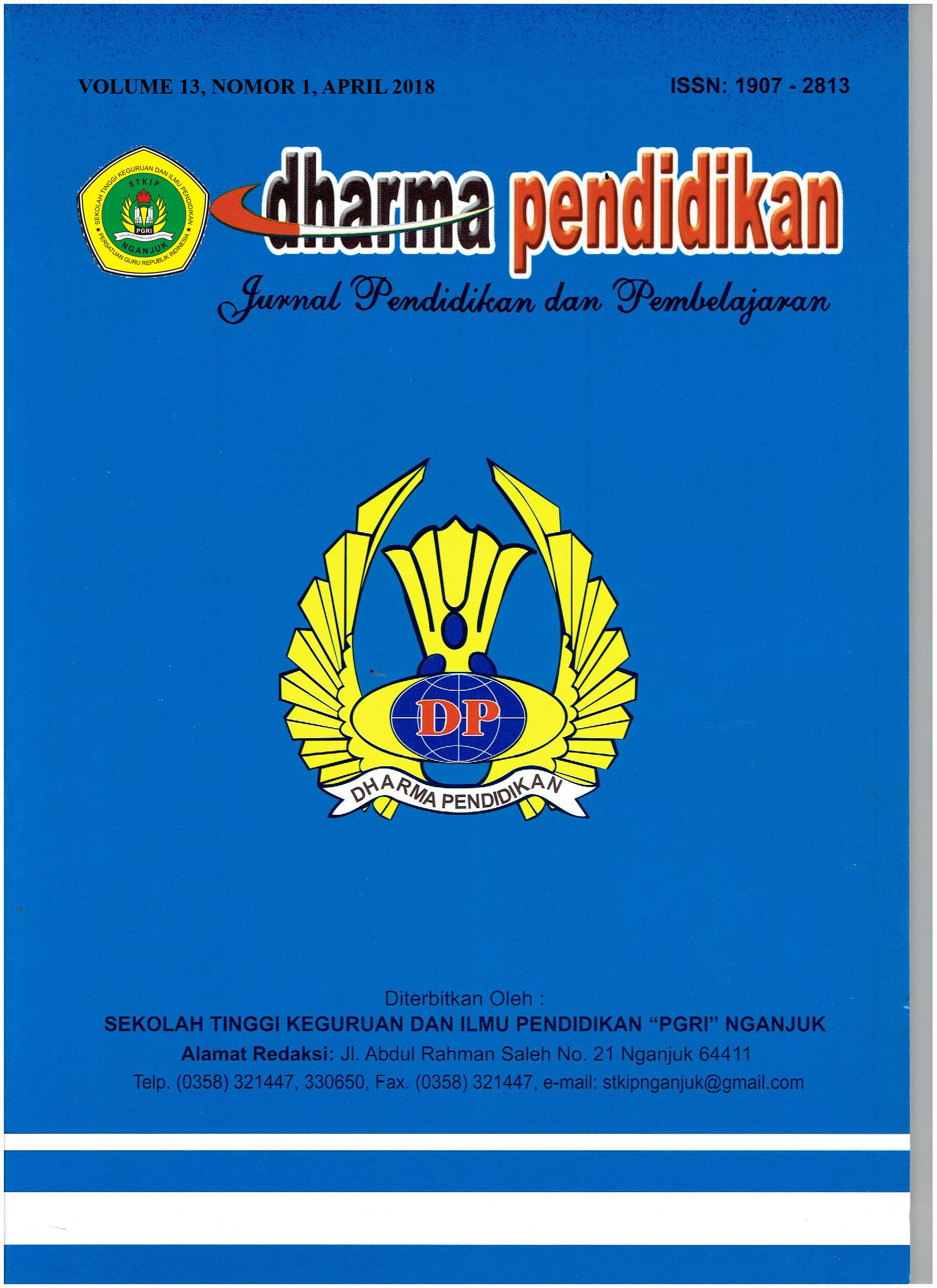General Perspective Of Age And Acquisition In Students' Second Language Acquisition (Sla) To Enhance In Learning L2
DOI:
https://doi.org/10.69866/dp.v13i1.53Keywords:
acquisition, age, students' SLAAbstract
Recently, the teacher can see that the manageable stockpile of researh of just a few decades ago has been replaced by a coordinated, systematic store house of information. Researchers around the world are meeting, talking exchanging findings, comparing data and arriving at some mutually acceptable explanations. In language arts education, or example, teacher trainees are required to study first language acquisition, particularly acquisition after age five. in order to improve their understanding of the task of teaching language skills to native speakers. In foreign language education, most standard texts and curricula now include some introductory material in first language acquisition. The reasons for this are clear. The learners age five. in order to improve their understanding of the task of teaching language skills to native speakers. In foreign language education, most standard texts and curricula now include some introductory material in first language acquisition. The reasons for this are clear. First language acquisition starts in very early childhood, but second language acquisition can happen in childhood, early or late, as well as in adulthood. Do childhood and adulthood. and differences between them, hold some keys to language acquisition models and theories? The purpose of this article is to address some of those questions and to set forth explicitly some of the parameters for looking at the effects of age and aacquisition and also in their motivation.
Downloads
References
Brown, H. D. (2000). Principles of Language Teaching and Learning. New York: Addison Wesley Longman, Inc.
Ellis, R. (1994). The Study of Second Language Acquisition. Oxford: Oxford University Press.
Tonzar,Claudio. (2000). L2 Vocabulary Acquisition in Childen : Efects of Learning Method and Cognate Status. University of Michgan : Language Learning Research Club
Downloads
Published
How to Cite
Issue
Section
License
Copyright (c) 2021 Triana Wuri Cahyanti

This work is licensed under a Creative Commons Attribution-ShareAlike 4.0 International License.
1. Hak cipta atas artikel apa pun dipegang oleh penulisnya.
2. Penulis memberikan jurnal, hak publikasi pertama dengan karya yang dilisensikan secara bersamaan di bawah Lisensi Atribusi Creative Commons yang memungkinkan orang lain untuk membagikan karya dengan pengakuan atas kepenulisan dan publikasi awal karya tersebut dalam jurnal ini.
3. Penulis dapat membuat pengaturan kontrak tambahan yang terpisah untuk distribusi non-eksklusif dari versi jurnal yang diterbitkan dari karya tersebut (misalnya, mempostingnya ke repositori institusional atau menerbitkannya dalam sebuah buku), dengan pengakuan dari publikasi awalnya di jurnal ini.
4. Penulis diizinkan dan didorong untuk memposting karya mereka secara online (misalnya, di repositori institusional atau di situs web mereka) sebelum dan selama proses pengiriman, karena hal itu dapat mengarah pada pertukaran yang produktif, serta kutipan yang lebih awal dan lebih besar dari karya yang diterbitkan.
5. Artikel dan materi terkait yang diterbitkan didistribusikan di bawah Lisensi Internasional Creative Commons Attribution-ShareAlike 4.0









.png)




